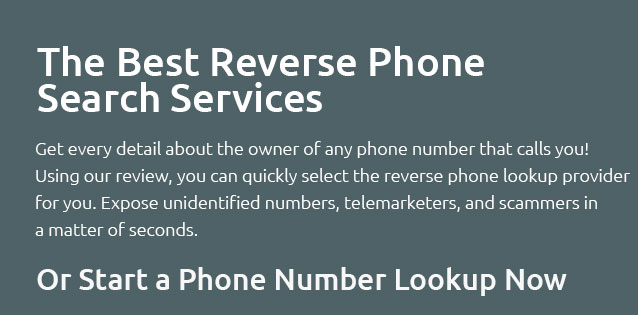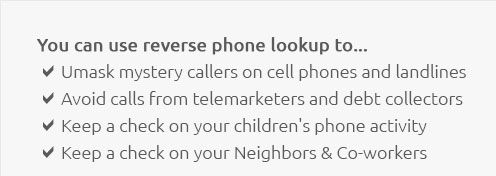 |
 |
|---|
 |
 |
|---|---|
|
|
 |
|
|---|---|
 |
|
 |
|
 |
 |
|---|---|
 |
|
Understanding Reverse Directory White Pages: A Comprehensive ExplorationIn the vast realm of information retrieval, the concept of reverse directory white pages stands as a fascinating tool, offering individuals the unique ability to trace phone numbers back to their corresponding owners, a feature that intriguingly flips the traditional directory model on its head. Typically, when one thinks of a directory, the image that comes to mind is a voluminous book or a digital list wherein names are alphabetically arranged, each accompanied by pertinent details such as addresses and phone numbers. This conventional format aids us in finding contact information by searching for a specific name. However, the reverse directory operates in the exact opposite fashion, allowing users to search by phone number to uncover the identity of the person or entity associated with it. The history of reverse directories is both rich and nuanced, rooted in the earlier days of telecommunication when such resources were primarily available in physical form. They served as invaluable assets for businesses, investigators, and even curious individuals looking to verify the identity behind an unknown caller. Today, with the digital age in full swing, these directories have largely transitioned to online platforms, broadening their accessibility and utility. How do reverse directory white pages work? At their core, these directories operate through extensive databases that compile information from various sources, including public records, user submissions, and partnerships with telecommunication companies. When a number is inputted, the directory cross-references it against its vast repository to retrieve associated information, which often includes the name of the individual or organization, their address, and sometimes even additional details like email addresses or social media profiles. This process, although seemingly straightforward, is underpinned by sophisticated algorithms designed to efficiently handle and organize enormous amounts of data. One might wonder, what are the practical applications of reverse directory white pages? The uses are manifold, extending from everyday scenarios to more specific professional applications. For the average person, these directories offer a sense of security and convenience, allowing them to identify unknown callers, reconnect with old acquaintances whose numbers they may have but not their current addresses, or even verify the legitimacy of businesses before engaging with them. In a more professional context, businesses often use reverse directories for lead generation, customer verification, and market research, while law enforcement agencies might employ them in investigations to track down suspects or witnesses. However, the use of reverse directories is not without its controversies. Privacy advocates have raised concerns about the potential for misuse, arguing that these tools could facilitate unwanted intrusions into individuals' private lives. The ethical implications of making personal information so readily accessible cannot be ignored, and this has led to ongoing debates about the balance between public access to information and individual privacy rights. It is crucial for users to exercise discretion and adhere to legal guidelines when utilizing these resources. In conclusion, reverse directory white pages represent a powerful intersection of technology and information accessibility, providing a service that is both practical and, at times, contentious. As technology continues to evolve, so too will the ways in which we access and manage information, making it all the more important for us to stay informed and considerate of the ethical dimensions that accompany these advancements. Whether one views reverse directories as an indispensable tool or a potential privacy concern, their role in our modern information landscape is undeniably significant.
Ultimately, the choice to use a reverse directory white pages service comes down to a personal decision, informed by the user's needs and respect for others' privacy. https://www.nice.com/info/top-tools-for-white-pages-reverse-phone-lookup
The White Pages Reverse Phone Lookup is a powerful tool designed to identify unknown callers by entering their phone number and retrieving associated ... https://www.yellowpages.com/
The original source to find and connect with local plumbers, handymen, mechanics, attorneys, dentists, and more. https://help.genesys.com/cic/mergedprojects/wh_tr/desktop/pdfs/rwp_lookup_tr.pdf
The result of a Reverse. White Page (RWP) lookup is displayed by the CIC client to identify the caller, by Interaction Tracker to mark the ...
|
|---|